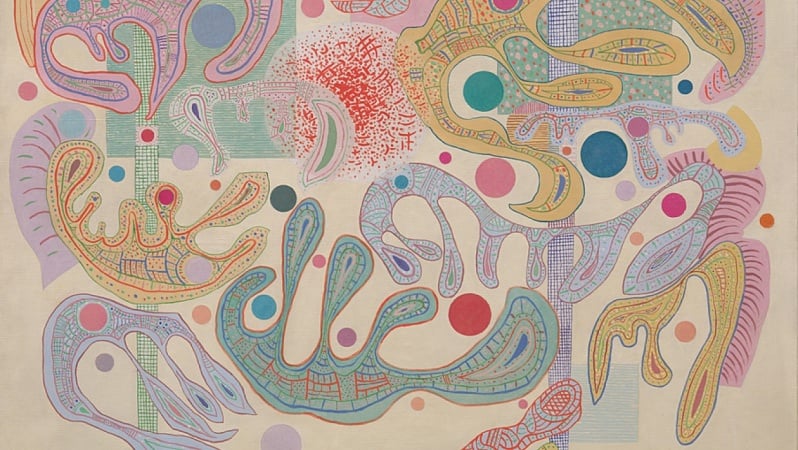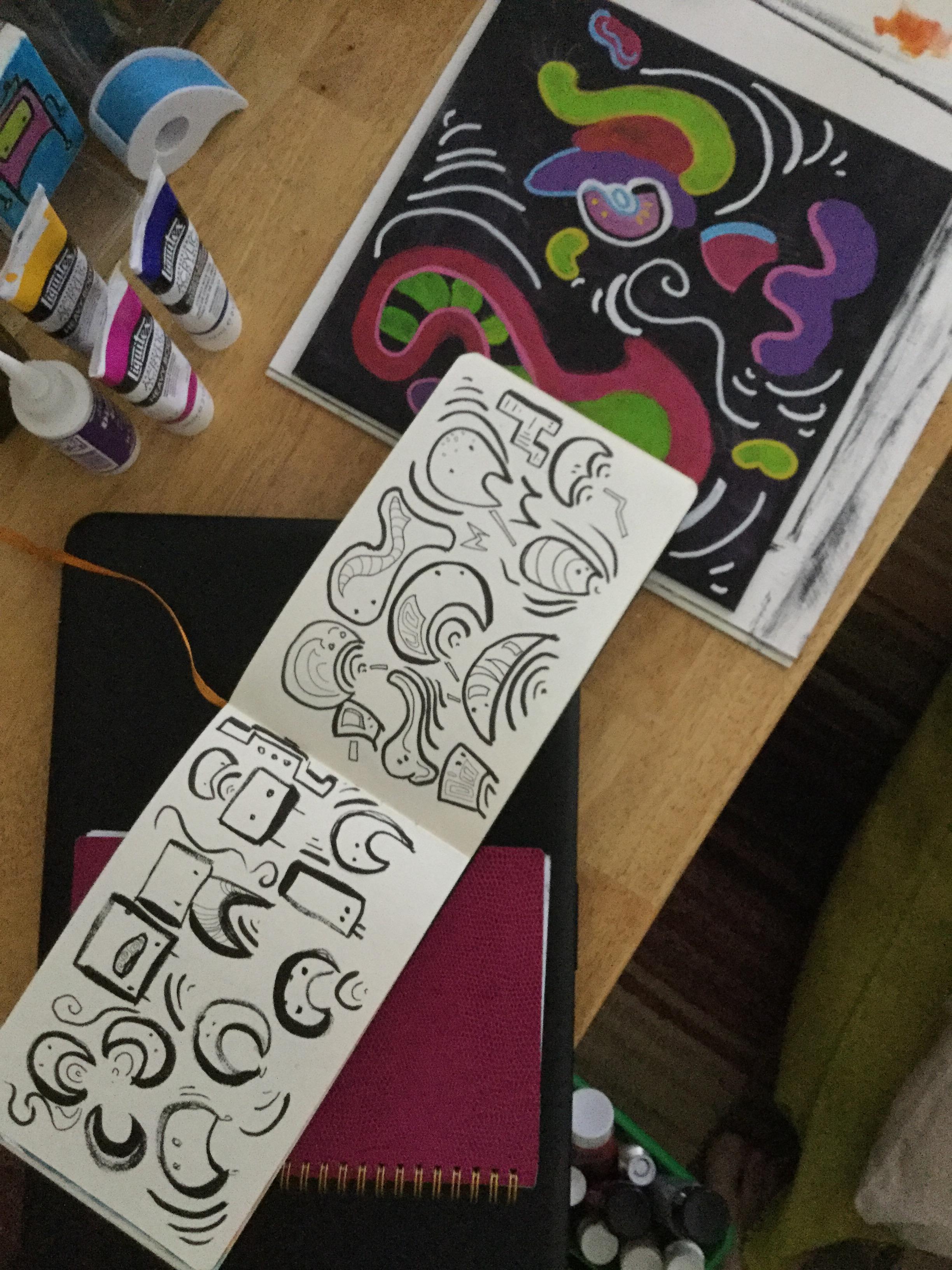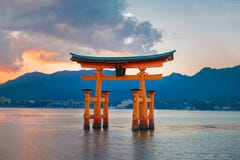Abstract Art Symbols: What Do You See?
Behind the scenes in my class on Skillshare, my workshop students are discussing symbols in abstract art. I wanted to share with you a glimpse into these discussions. (To see each student's project in detail, check out our Project Gallery.)
AMOEBAS
Udeshi identified with the biological shapes in Kandinsky's Capricious Forms from 1937, seen below. The amoeba-like subject matter dovetails with Udeshi's desire to communicate relaxing and organic themes. To achieve the proper mood while painting, Udeshi listens to Erik Satie's Gymnopedie no. 1.

-----------------------------------
CREATURES
Rebecca viewed the same reference work as a springboard for her "little blob creatures" in her sketchbook. Her painting (beside the sketchbook, pictured below) reflects the playful movement that Kandinsky captured in his work.

-----------------------------------------------------------
JAPANESE TRADITIONAL CULTURE
Students on Skillshare can have private accounts, so you may not be able to see Sara's project. I wanted to share with you some observations, however, from a reference work she chose: Kandinsky's Counterweights (1926).

(photo from Wikipedia)
AMOEBAS
Udeshi identified with the biological shapes in Kandinsky's Capricious Forms from 1937, seen below. The amoeba-like subject matter dovetails with Udeshi's desire to communicate relaxing and organic themes. To achieve the proper mood while painting, Udeshi listens to Erik Satie's Gymnopedie no. 1.

-----------------------------------
CREATURES
Rebecca viewed the same reference work as a springboard for her "little blob creatures" in her sketchbook. Her painting (beside the sketchbook, pictured below) reflects the playful movement that Kandinsky captured in his work.

-----------------------------------------------------------
JAPANESE TRADITIONAL CULTURE
Students on Skillshare can have private accounts, so you may not be able to see Sara's project. I wanted to share with you some observations, however, from a reference work she chose: Kandinsky's Counterweights (1926).

Counterweights communicates gravity from its perpendicular lines and balanced proportions. I seem to see a modified Japanese torii image between the second and third circles in the above painting. These gates offer protection and divide the sacred from the profane. Now, I have no evidence that Kandinsky intentionally meant to introduce this symbol, but I often think I see the torii image in his work.
(photo from Wikipedia)
I like to break down individual elements from Kandinsky's paintings for my Art-o-mat work. You can see what I call his "torii image" on the top row, second mini-painting.

Contemporary artists like those represented in our workshop giveaway art (Ilan Leas, Sophie Roach, and our Art-o-carton creators) migrate toward symbols in their work. Whether it's nature, cuneiform, street art, or geometry, each artist starts with a visual seed and nourishes that vision until it becomes a painting.

You can also see in the bottom row, little "aliens," that I find in other paintings by Kandinsky.
One of the reasons I really like Kandinsky is that you never stop finding exciting new things to explore in his rich and diverse subject matter.
What symbols will resonate with you today? What will you create?





Thanks for sharing these links!
ReplyDeleteNo problem, Kelley. Glad to find your blogs.
ReplyDelete